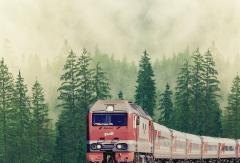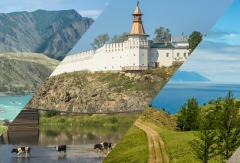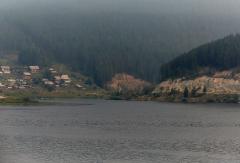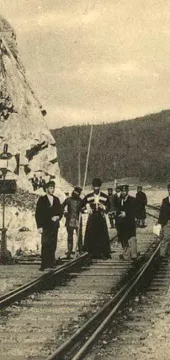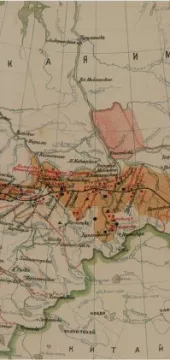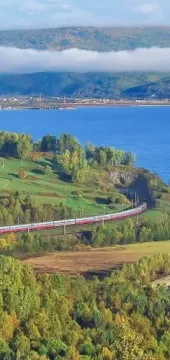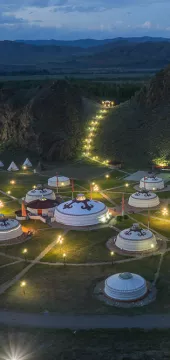What is the Trans-Siberian Railway?
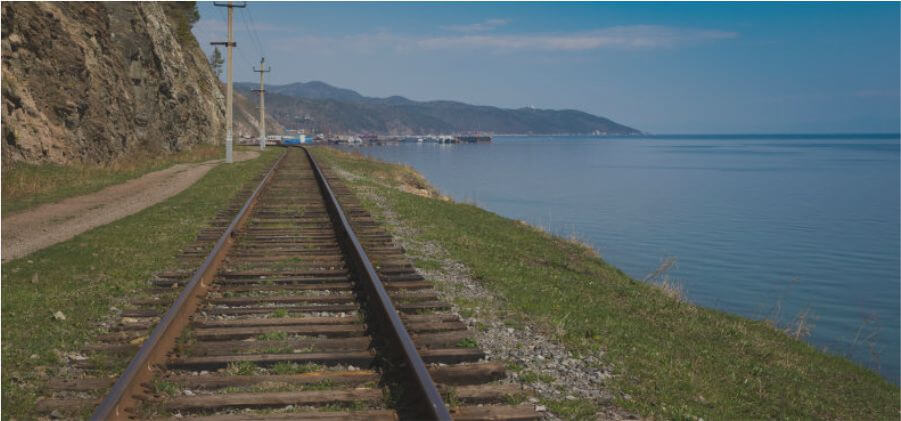
Many people have heard of the Trans-Siberian Railway and many people have a certain picture of it in their minds: as the longest railroad in the world, traversing the whole of Russia and serving as a special tourist route via a special Trans-Siberian Express train, which travels among mountains, beautiful meadows and valleys, boundless taiga, and along the deepest lake in the world - Lake Baikal, through land inhabited with people of Orthodox, Islamic, Buddhist and Jewish faiths.
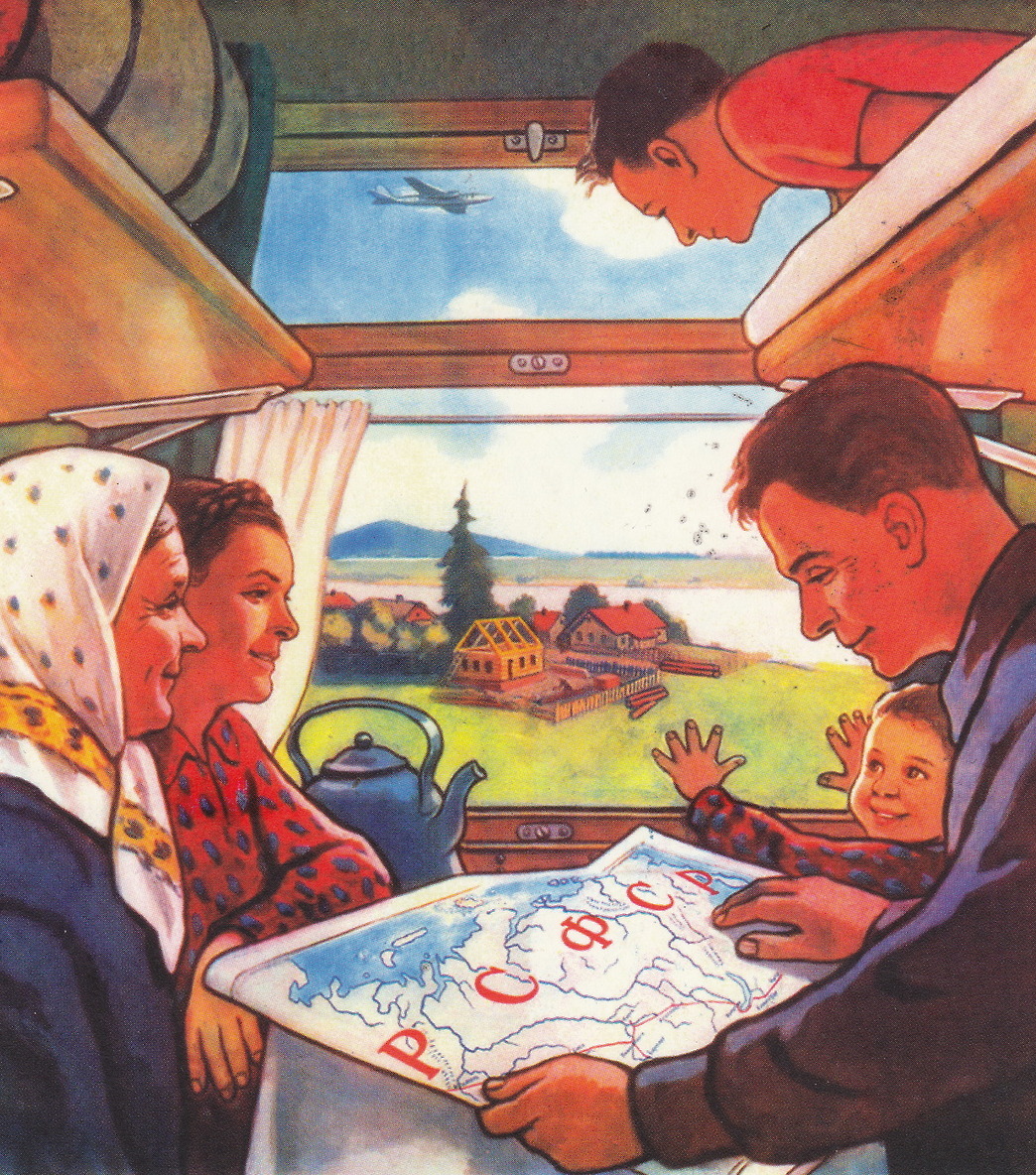
Rather unromantically the Trans-Siberian Railway is actually just a vast network of railway lines which millions of Russians use frequently just to get from A to B. Most Russian passengers on the route don't take the whole Trans-Siberian trip from Moscow to Vladivostok, Beijing or Ulan Bator. This of course though doesn't mean that romantic view of the Trans-Siberian is unwarranted.
DISTANCE
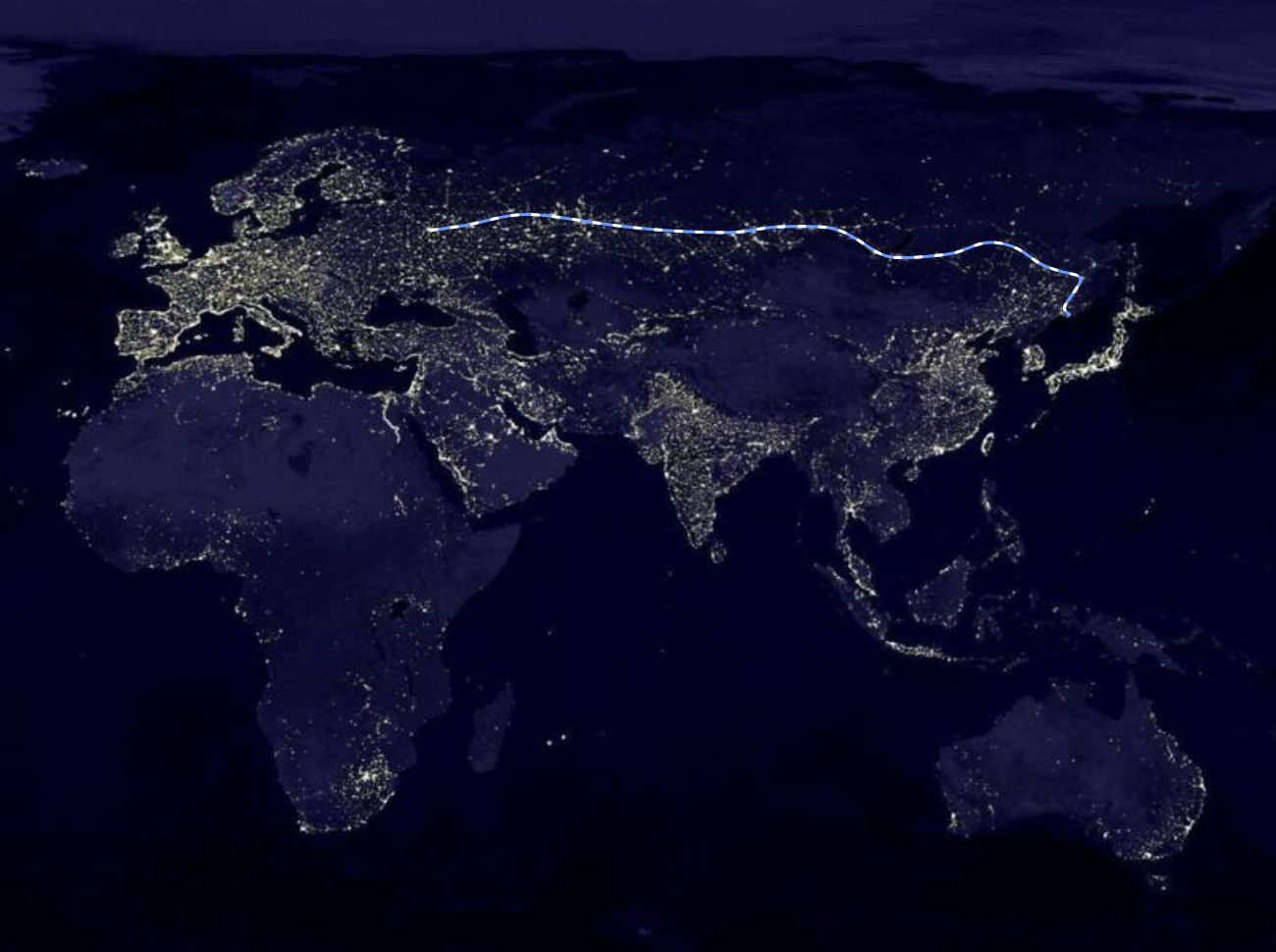
The Trans-Siberian Railway is the longest railway in the world with a length of 9,298km from Moscow to Vladivostok, although there are some stations located further than Vladivostok: the Astafiev Cape and Eastern Port railway terminals.
LOCATION
The railway connects the European part of Russia with the Ural, Siberia and Far Eastern parts. In the Ural region the line crosses the border of Europe and Asia.
TRAINS
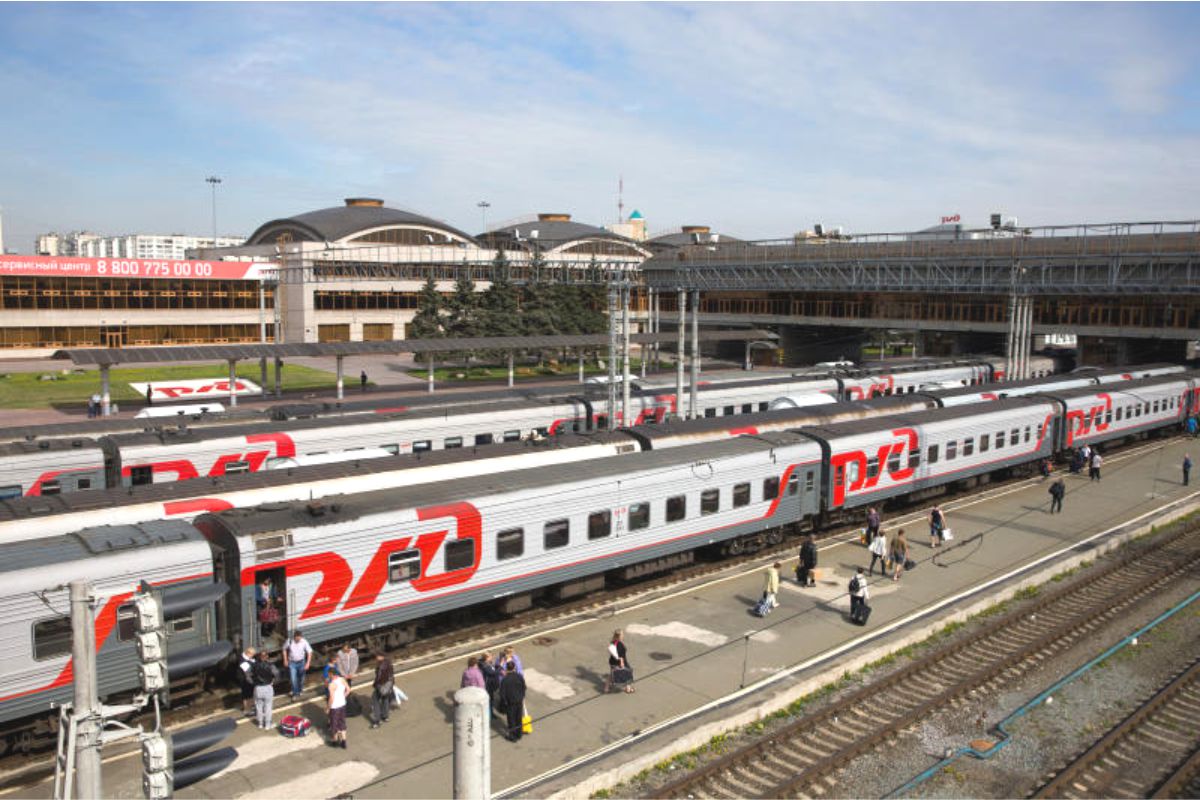
The railway is not just served by one train which goes from Moscow to Vladivostok and back, but by lots of trains connecting various points on the railway line along the route. There are though of course some trains which do go from Moscow to Vladivostok making various stops on the route.
REPUBLICS
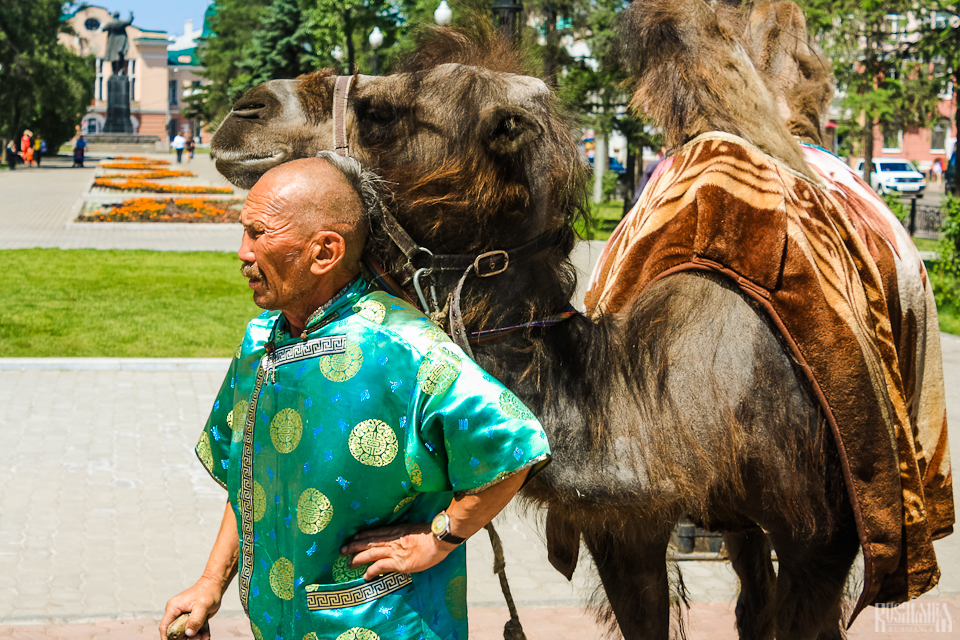
Trains running along the Trans-Siberian cross several Russian republics with different official religions - the Republic of Tatarstan with Islam, the Republic of Buryatia with Buddhism and even Shamanism, the Jewish Autonomous Region (yes, there is such a region!) with Judaism, and the remaining Russian regions with Orthodoxy.
BAIKAL
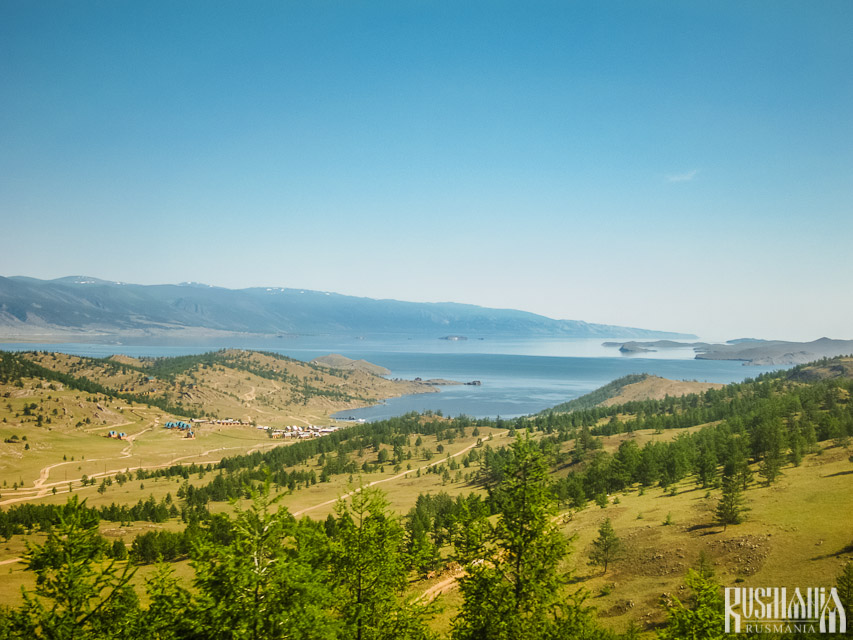
For about 5-6 hours trains run along the coast of Lake Baikal - the deepest lake in the world. If you don’t stop off in Irkutsk and are travelling on the Rossia train you will hardly be able to see the lake as the train passes it at night regardless if heading east or west (it seems they didn’t think about tourists when planning the schedule!).
LANDSCAPES
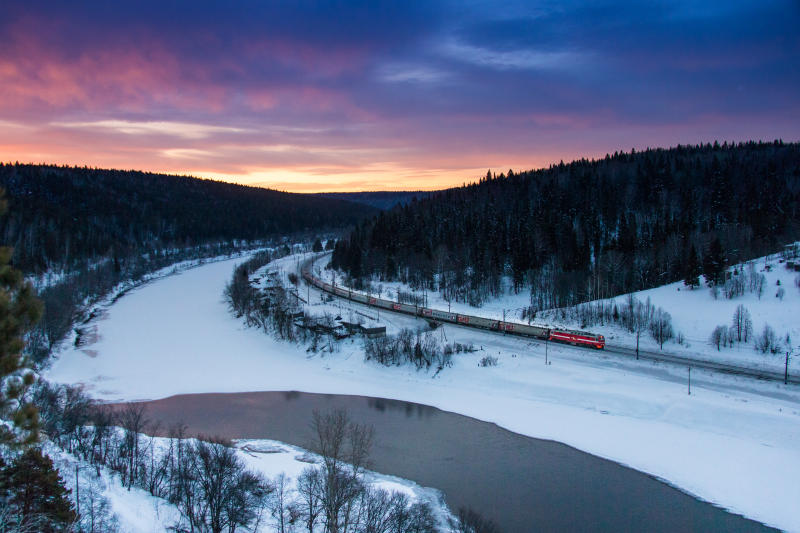
Despite the long distances there are not a wide-range of landscapes. The highlight is undoubtedly Lake Baikal and its surroundings. In central Russia (Yaroslavl Region, Kostroma Region, Tatarstan) most of the area is covered with forests and hills, and sometimes steppe.
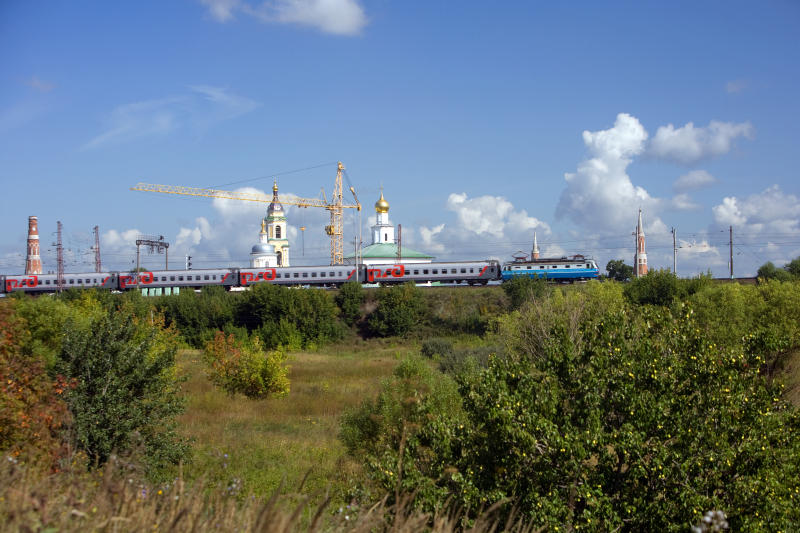
In the Urals (Perm Territory, Sverdlovsk Region, Chelyabinsk Region) there no high mountains as the road goes in the middle part of the mountain range, but still the landscape is much more hilly than in Central Russia.

Western Siberia (Omsk Region, Novosibirsk Region) is boundless Siberian steppe - quite boggy and lifeless.
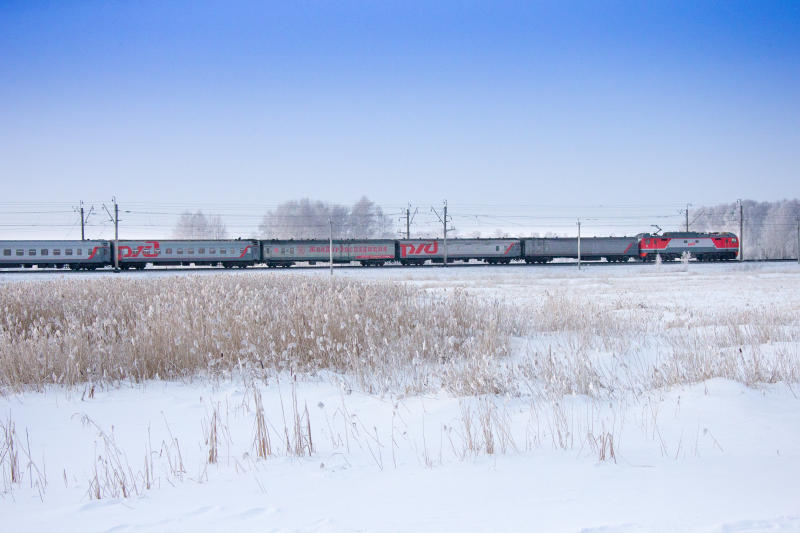
In South Siberia you will see the famous Siberian taiga forests.
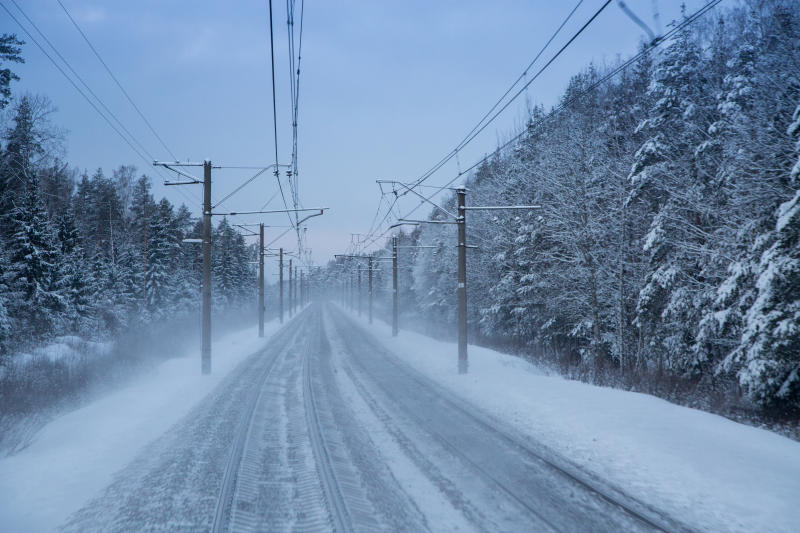
Eastern Siberia (Krasnoyarsk Region, Irkutsk Region, Buryatia) varies between being quite mountainous with the Sayans and Baikal ranges, and sometimes flat.
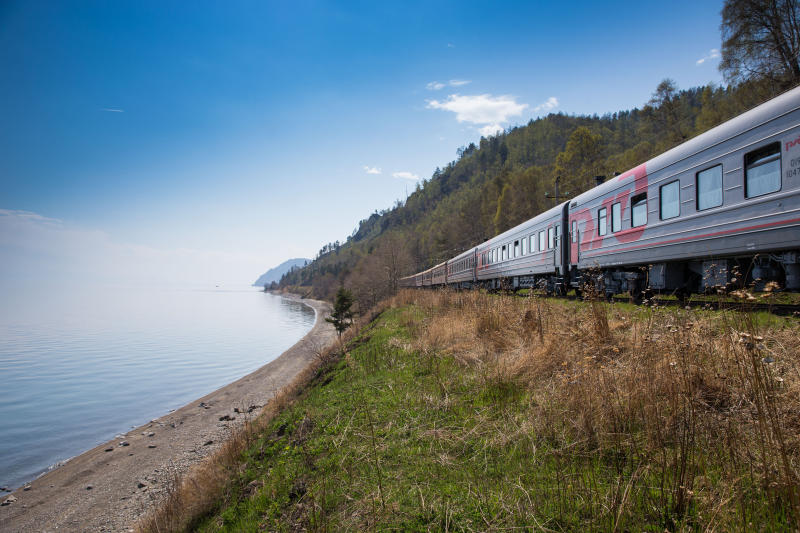
After Baikal (Chita Region) there are almost no forests, but the landscape is quite hilly and sometimes mountainous. A large part if this area is permafrost.
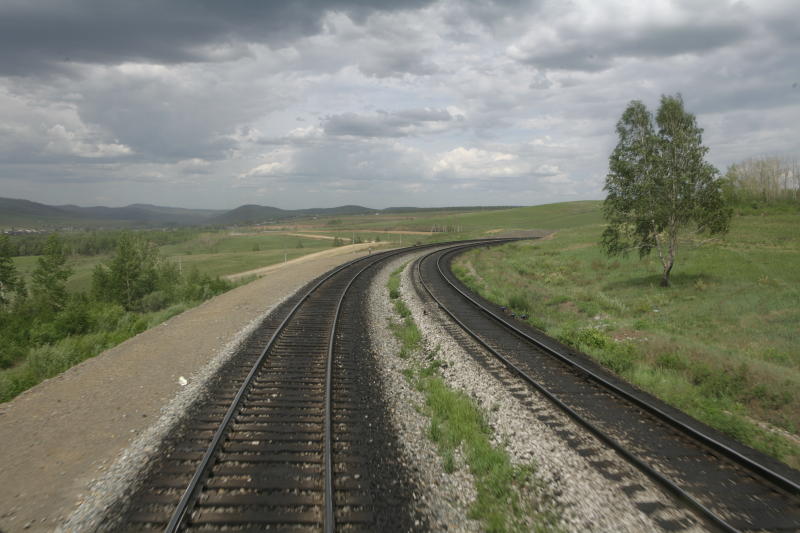
The Amur region (Khabarovsk Territory) is mainly taiga and mountains. The Pacific coast region (Vladivostok and the Primorsky Territory) is hilly with taiga. The train runs along the Pacific Ocean for the last hour before arriving in Vladivostok.
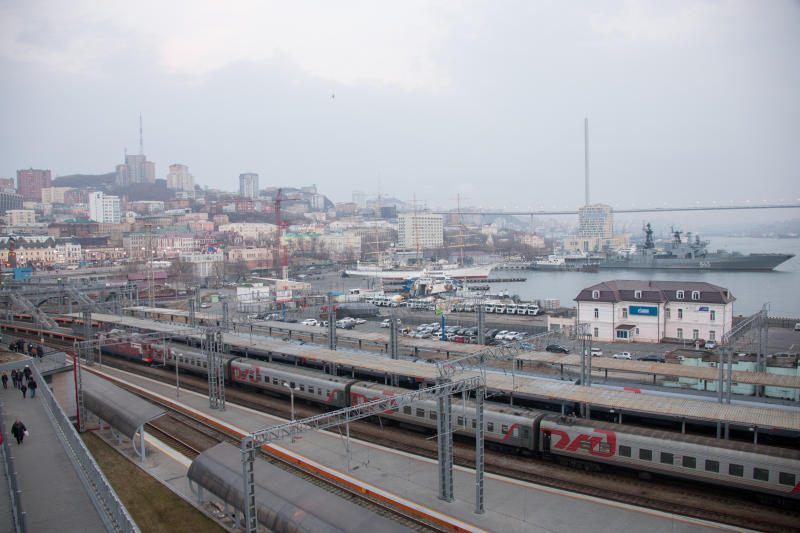
SOME FACTS ABOUT THE TRANS-SIBERIAN RAILWAY
1. The most western point of the railway is Moscow, the most eastern is Khabarovsk (in the Russian Far East - 5 and a half days from Moscow), the most northern is Kirov (just a day from Moscow) and the most southern point is Vladivostok (6 days from Moscow on the Pacific).
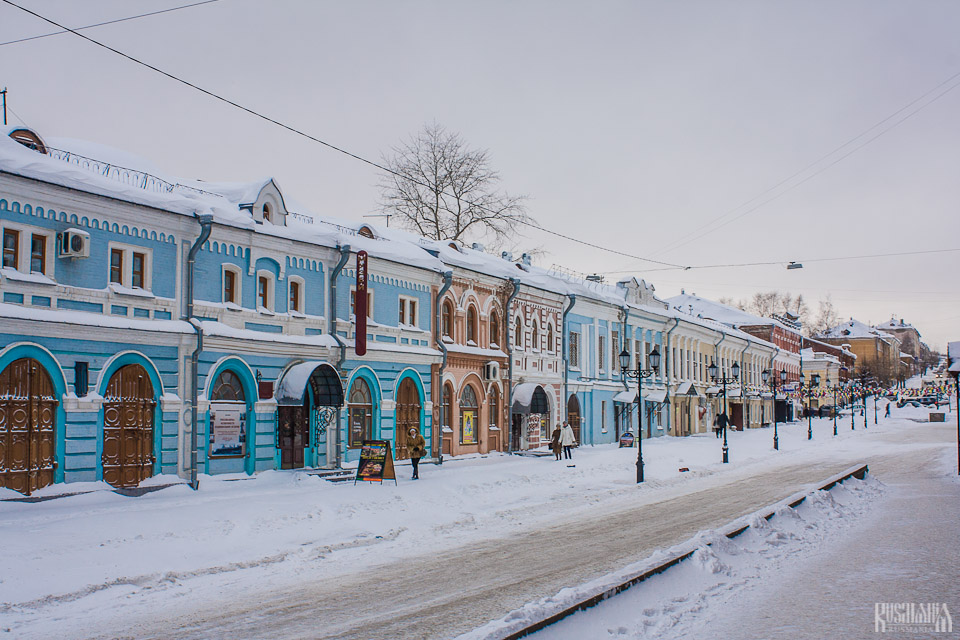
2. Eighty seven cities are located on the Trans-Siberian.
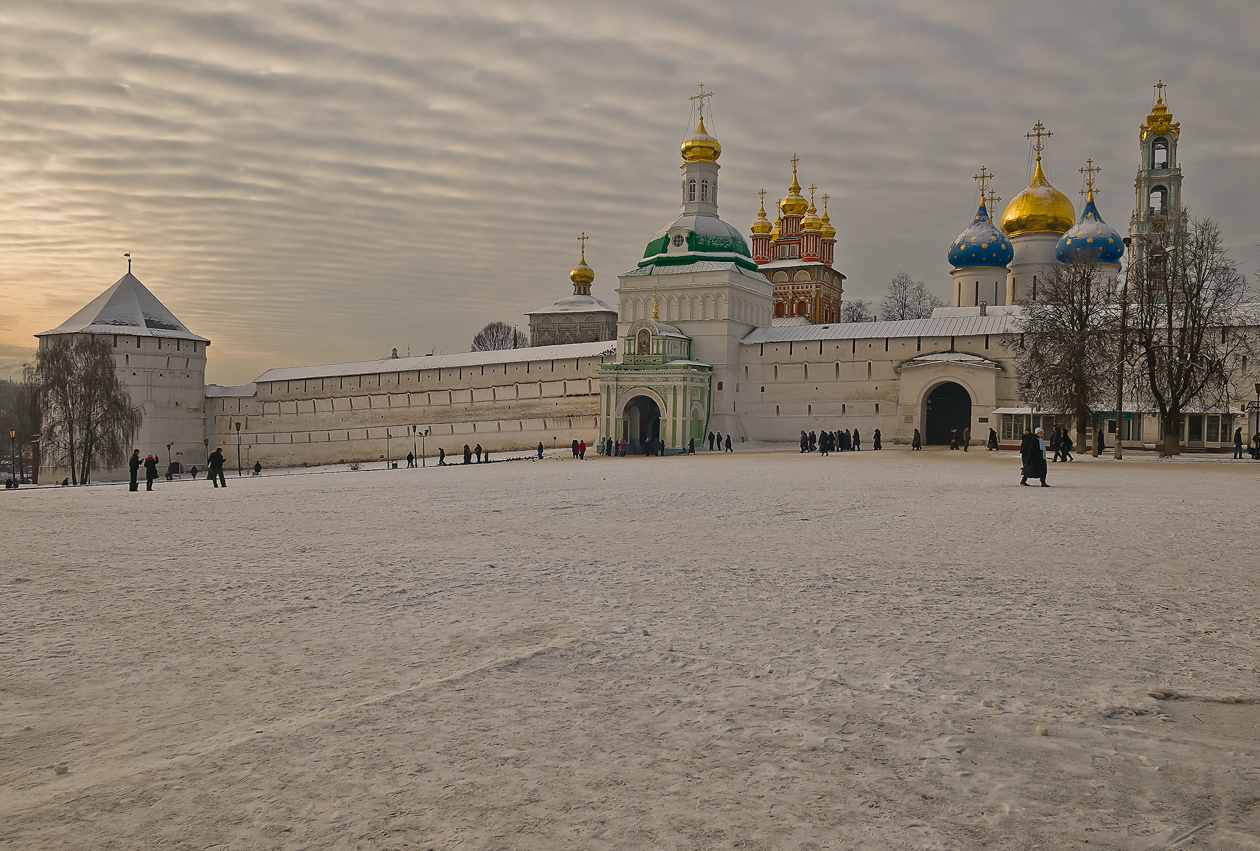
3. The railway crosses 16 large rivers including the Volga, the Yenisey, the Amur and the Irtysh.

4. The only railway station made of marble is located on the Trans-Siberian: Slyudyanka-1 (about 4 days from Moscow). The station was built to celebrate finish of Circum-Baikal Railroad – a historical route of the Trans-Siberian which runs along the northern shore of Lake Baikal from Listvyanka to Slyudyanka. Today special tours run along the line giving passengers the chance to enjoy picturesque views of the lake.
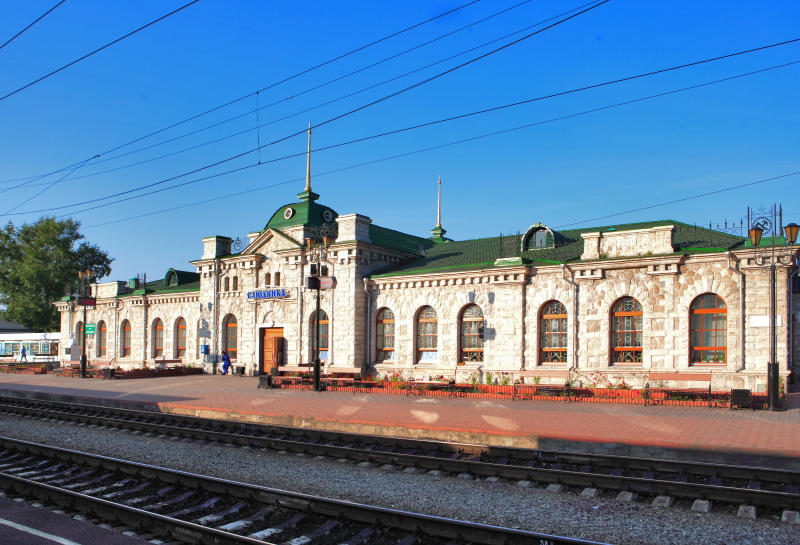
5. Some sections of the railway are located on permafrost (Mogocha-Skovorodino - 4 days from Moscow - although this is it not the most northern point of the railway, the winter temperature here can fall to -60C)
6. The biggest railway station on the way is Novosibirsk-Glavny. Novosibrisk is considered the capital of Siberia and it takes 3 days on a train to get here from Moscow.
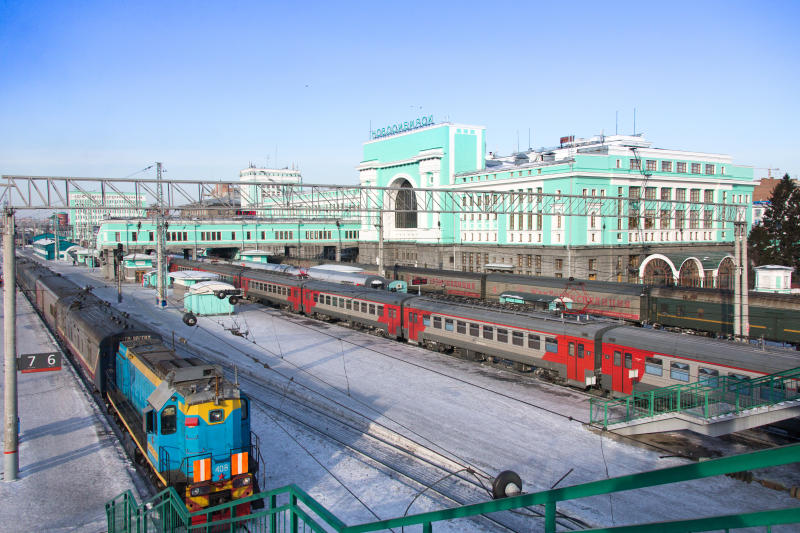
7. You will cross seven time zones travelling from Moscow to Vladivostok.
►Routes ►Principal routes ►Trans-Siberian Railway ► What is the Trans-Siberian Railway?

